SUMMARY
This is AI generated summarization, which may have errors. For context, always refer to the full article.
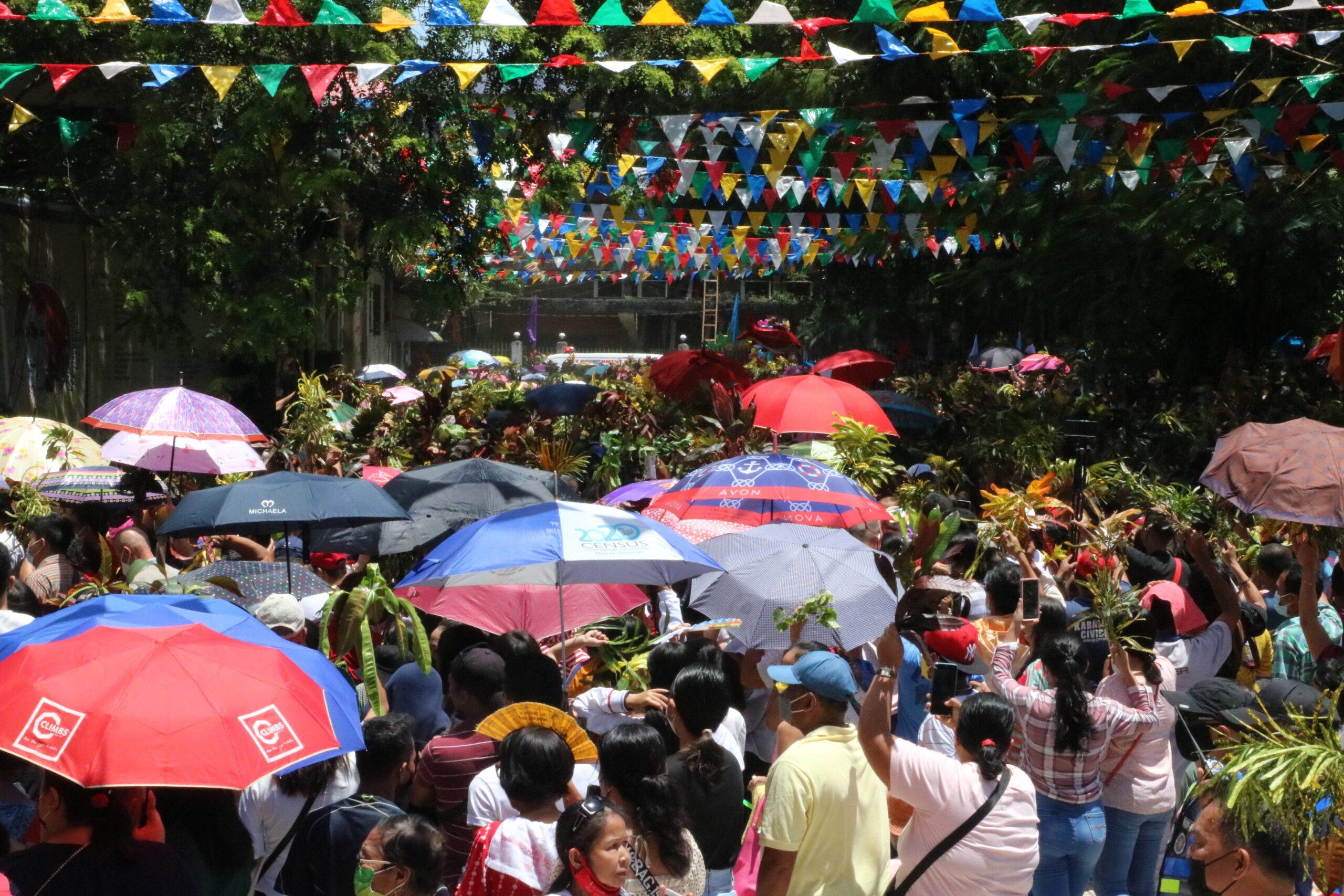
DAPITAN CITY, Philippines – At first, Dapitan was quiet save for the subdued conversations of people carrying branches of parpagayo (croton) plant while slowly gathering towards the old church.
The sun’s heat was intense, but it did not stop devotees. And when the clock hit 11:50 am, everything broke loose – people shouted “Viva Señor Santiago,” danced on the streets, and waved their parpagayo while the image of their patron saint was brought out in a procession toward his white horse.
Dapitanons hold every July 24 the Sinug (current), a centuries-old tradition on the eve of the Feast of Saint James the Greater, dubbed Kinabayo (imitating a person riding on a horse).
The tradition saw a hiatus in the last two years because of the COVID-19 pandemic.

With this year’s celebration held on Sunday, thousands of religious devotees flocked to the city to remember the period between the 16th and 17th centuries when Spanish priests introduced to Dapitan the devotion to Saint James the Greater, also the patron saint of Spain.
“This is how we practice our faith, and we are proud of it. Thanks, Señor Santiago for our answered prayers. We survived the pandemic, and we hold again our expression of faith,” said journalist Jose Torres Jr., who hails from Dapitan.
Records at the Dapitan Historical Society (DHS) showed that Jesuit missionaries introduced Saint James to Dapitan, teaching people that the saint would protect the place from pirates.
Señor Santiago was said to have appeared in the mythical battle of Clavijo and helped the Christian Army drive away the Moors out of Spain.
“The missionaries may have mistaken the pirates here as Moors, and just like in Spain, the Señor Santiago in Dapitan was also dressed like a general on a white horse, holding a sword, a shield, and his banner,” Torres said.
He added, “There was no separation of church and state before. During the feast of Señor Santiago, the Spanish Guardia Civil raised their swords, and shouted ‘Viva Señor Santiago’ while Spain’s national anthem – the Marcha Real de Espana – was played.”
“Through the centuries, people imitated the Guardia Civil by using sticks. But because the Church is not promoting violence, the sticks were replaced with branches of parpagayo that is endemic in Dapitan,” Torres said.
Religious practices and civil authorities remained strongly intertwined until today that during the Sinug, the religious icon is brought by priests out of the church and handed over, traditionally, to the chieftain (which, today, is the city mayor) who then carries it during the procession.
“And just like Cebu, we also call it Sinug because the multitudes make the procession look like a strong current,” Torres said.
Dapitanons then thought that the Spanish national anthem was a theme song of Señor Santiago, that’s why it’s still being played during the Sinug to this day.
On the feast day, Dapitanons used to reenact the Battle of Clavijo, but it was stopped during the uprising of the Moro National Liberation Front (MNLF) to avoid offending the Muslim Filipinos.
“I was fond of watching the reenactment when I was still young,” Torres recalled. “Since there were only a few horses in Dapitan then, devotees made makeshift horses out of bamboo and Japanese paper.”
He said people then asked devotees, “Asa mo paingon (Where are you going)?” The answer was always, “Adto sa Dapitan mag-kinabayo (To Dapitan, to imitate a man riding on a horse).”
In 1998, the city government started the Kinabayo Festival as a tourism development project parallel to the Señor Santiago celebration. – Rappler.com
Add a comment
How does this make you feel?
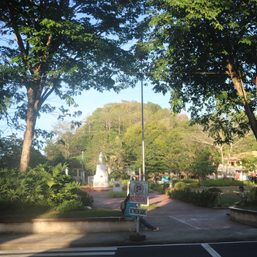
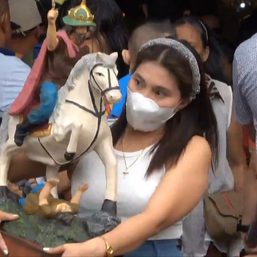
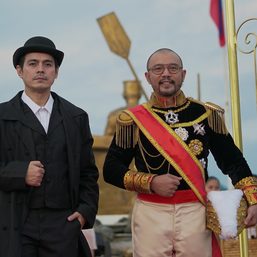
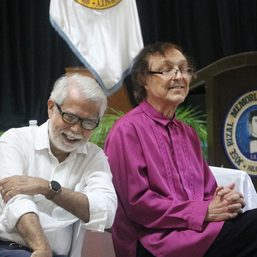

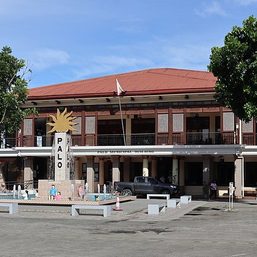
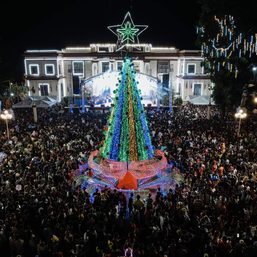
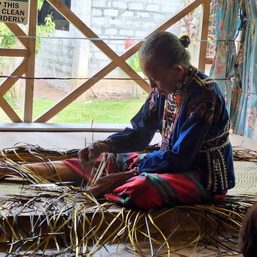
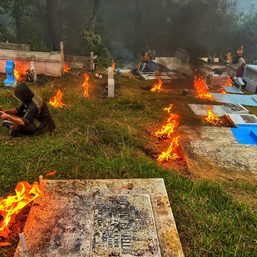
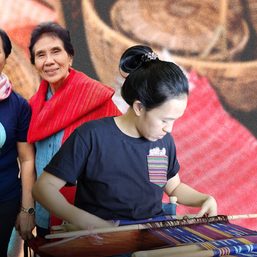




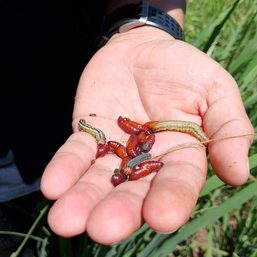
There are no comments yet. Add your comment to start the conversation.